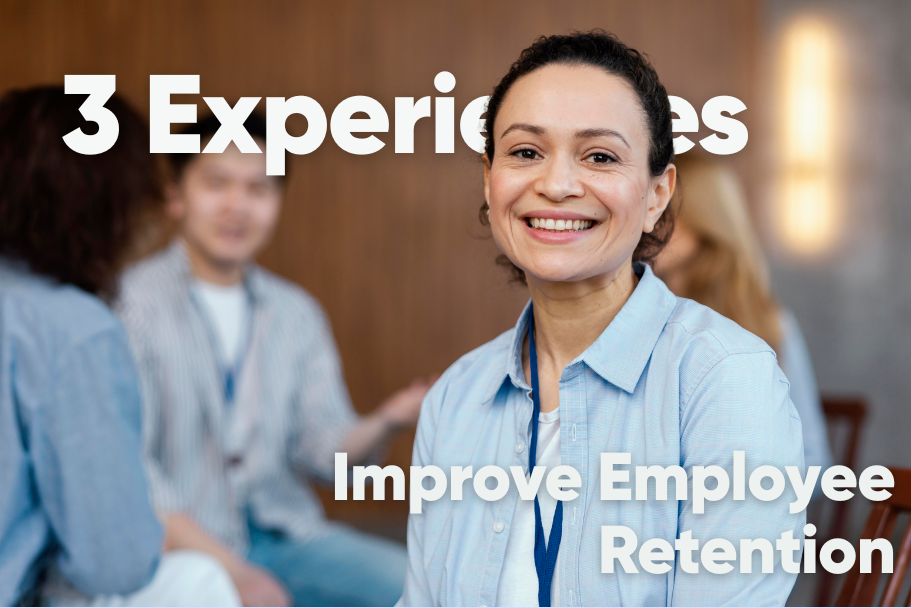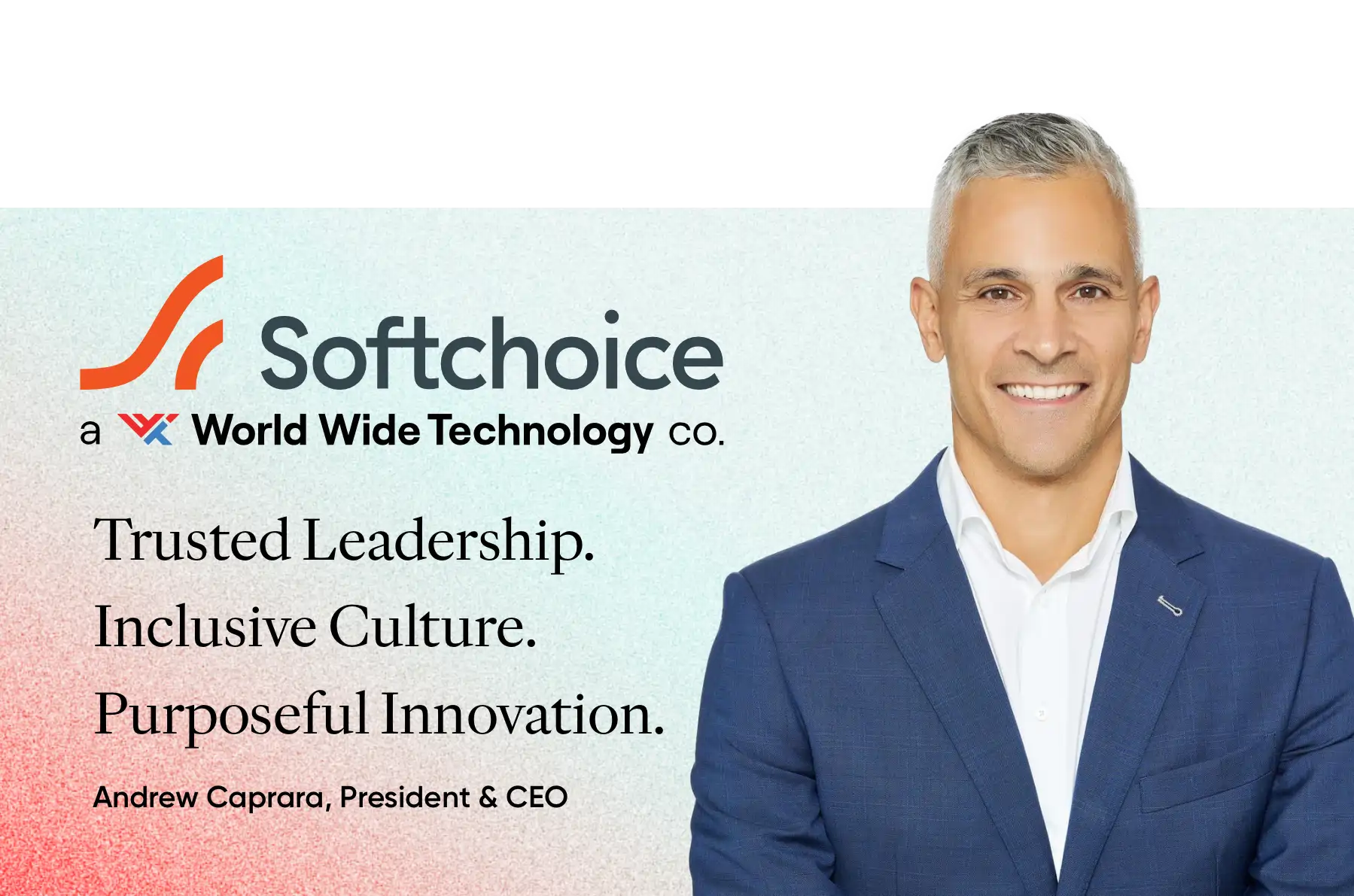
Article Highlights
-
AI as a Tool, Not a Replacement: AI in the workplace is meant to complement human skills, not replace them. Building trust and ensuring employees understand this is crucial.
-
Commitment to Reskilling: Employers should focus on reskilling employees to work alongside AI, emphasizing that AI handles routine tasks, while humans provide the critical oversight, emotional intelligence, and complex decision-making.
-
Employee Engagement in AI Implementation: Engaging employees in the AI implementation process and addressing their concerns transparently fosters a sense of partnership and excitement, helping them embrace AI as a valuable teammate.
AI in the workplace promises to revolutionize work, and life, as we know it. Here’s how the best workplaces show their people they are firmly committed to keeping humans in the loop.
AI is everywhere. From the automation of traditionally time-consuming processes to powerfully predictive decision making, rapid prototyping, and highly personalized customer service, AI in the workplace has changed, and will continue to change, the way we work. And as with any change, the positive impacts of AI are tempered by apprehension of the unknown.
How will AI in the workplace affect me – my job security, my usefulness, my worth? These are the questions that people everywhere are grappling with as AI is rolled out in their organizations.
As employers it’s important to address these concerns openly and honestly and to ensure that human-AI interaction in the workplace remains a net positive for all. The key to this is building trust with your people and helping them understand that AI is a tool – the same as other tools that revolutionized the way we work, from the printing press to the personal computer. Emphasize that AI will help them work better and smarter and more efficiently, and that as their employer, you will support them as they learn the skills they need to work with AI to improve their workflow and at the same time make their lives better.
Provide AI in the Workplace Training
How leaders talk with employees about AI in the workplace and the change it will create is paramount. You need to make sure people understand that AI is not a replacement for humans, but that it is a complement for what humans are uniquely qualified to do.
Emphasize your commitment to reskilling your people to fill in the gaps that are created by AI generated solutions. AI tools provide a baseline for efficient data processing but they do not replace human oversight or the nuanced and personalized touches that real people provide. The goal is to build AI competence while communicating that your people will always be integral to operations.
- Educate employees on the basics of AI, Gen AI, and data usage, and train employees about the purpose of adding AI to workflows. Help them understand how AI fits into your business strategy and build a coherent business case for change.
- Position AI as a new teammate that can augment everyone’s ability to do their jobs. Create an AI-human partnership where employees understand they bring the emotional intelligence and complex decision making to the table after the basic, predictive analytics are completed using AI.
- Equip employees to perform critical oversight of AI generated solutions that ensure ethical, legal and moral concerns are addressed. Invest in simulations and beta testing to improve employee engagement.
- Prepare for AI failure and ensure people can still perform all of the analysis required if/when AI powered automation
Create Excitement for AI in the Workplace
AI has the power to make the complex, effortless – patterns are spotted quickly and easily, volumes of data are synthesized and analyzed in seconds, new ideas are parsed efficiently, leaving humans with the more rewarding and engaging elements of almost any project. So rather than having to plod through reams of data or crunch numbers until you see double, you can focus your attention on more strategic and creative activities.
With AI in the workplace, it’s like starting a mountain exploration already at the peak, leaving you the whole day to examine the mountaintop and take in the view. And for those who actually enjoy the strenuous mountain trek, the efficiencies of AI will likely allow you more time to actually get outdoors and hike those trails!
- Promote AI in the workplace as a way to eliminate repetitive tasks and increase productivity. Anytime you can eliminate the mundane, means more opportunity for learning and growing.
- Talk about the ways that AI will liberate people and free up their time at work allowing them to pursue activities and projects they are passionate about. The opportunities to improve work-life balance are exciting.
- Use AI to enhance traditional wellness initiatives and improve employe mental health. This is a game changing opportunity to improve the quality of work and life for all.
- Involve your people in the AI implementation strategy and allow them to build competence and confidence slowly and naturally. Be transparent with how AI tools will be evaluated and how people-performance will be evaluated as a result.
- As with every change initiative, listen to employee concerns and feedback. Allay apprehensions and talk about challenges openly and transparently. Think of AI implementation as a journey that the organization is on together.
- Encourage your people to think of ways to bring new AI tools into the workplace. Sales departments can use AI to practice their pitch and hone their selling skills. HR can use AI for talent management automation. Continue to promote AI in the workplace as a valuable addition to every team, in every department, and across all functions.
Ultimately, as much as AI in the workplace advances, people will always be needed. The work will evolve, the skills will adapt and how employees build their career will change, but people will always be at the core of great workplaces. Promote trust at every turn by bringing your people along with you on the journey to implement AI in the workplace. This will ensure your people adapt smoothly, adopt AI successfully, and ultimately navigate the change with you and for the long run.
Actionable Steps
-
AI Training Programs: "Developing comprehensive AI training to ensure employees understand the basics of AI and its role in business strategy, fostering a culture of continuous learning and adaptation."
-
Reskilling Initiatives: "Implementing reskilling programs that empower employees to bridge the gap between AI-generated solutions and human oversight, ensuring a seamless integration of AI into workflows."
-
Employee Involvement: "Encouraging active employee participation in AI implementation, promoting transparency, and creating excitement about AI's potential to enhance work-life balance and job satisfaction."
-
AI-Human Partnership: "Fostering a collaborative AI-human partnership where AI handles routine tasks, allowing employees to focus on strategic and creative activities that drive innovation and growth."
-
Ethical AI Use: "Ensuring ethical, legal, and moral considerations are addressed in AI implementation through critical oversight and continuous employee engagement."




